Getting ready for the Inca Trail to Machu Picchu goes beyond booking the tour—it’s all about packing smart for an epic 4-day trek. With our Ultimate Inca Trail Packing List, you’ll have everything you need for an unforgettable experience through the Andes, from must-have essentials to a few comforts that make all the difference.
Whether you’re hiking in the rainy season (November to March) or the dry season (April to October), the Andes’ weather can change in an instant, bringing sun, wind, or unexpected rain. This packing guide ensures you’re fully prepared so that you can focus on every incredible step toward Machu Picchu.
Inca Trail Packing List: Tested & Approved by TreXperience
Documents
Original Passport
Your passport is the most important item on your packing list—you will need it to book and enter the Inca Trail. Make sure it’s valid for at least 6 months beyond your travel dates to avoid any issues. If you renew it after booking, don’t forget to update your passport number so everything matches when it’s time for your trek.
Student ID
We automatically offer a US$ 40 discount for travelers under 17. If you’re a student under 25, you can also qualify for a discount when entering Machu Picchu. You will need a valid Student ID including your university’s name, your photo, and a valid expiration date. If it’s expired or missing the date, it won’t be accepted. To see if you qualify, please send us a copy to students@trexperienceperu.com, and we’ll check it for you!
Backpack
Recommended BackpackWe recommend a 25-35 liter backpack with a rain cover. A 25-35L backpack is a great size for the Inca Trail—big enough for your essentials but still light and easy to carry. Most tour companies provide a duffel bag for your clothes and personal items, which porters will carry for you (up to 7kg). That means you’ll only need to carry your daypack with the things you'll use along the trail. |
Note: At Machu Picchu, the maximum bag size allowed is 40x35x20 cm (16x14x8 inches). This applies to physical dimensions, not capacity, so don’t worry too much about how many liters your backpack holds—just make sure it fits within these limits to avoid any issues at the entrance.
What to Pack for the Inca Trail - Clothing
As we mentioned, the weather on the Inca Trail and around Machu Picchu can be highly unpredictable. Even during the driest months like June and July, rain is still a possibility, so it’s always best to be prepared for all kinds of conditions.
For the Inca Trail, Salkantay Trek, Lares Trek, and other routes to Machu Picchu, layering is key. Temperatures can shift dramatically as you move through different ecological zones, whether you're climbing into the mountains or descending into the valleys. The best approach is to wear light, breathable layers that you can easily add or remove as the weather changes.
Here’s what we recommend packing:
UnderwearBring around 5 or 6 undergarments. You should always bring an extra set, as you might use more than 1 in the day if it gets wet. One or two different ones will be enough, as you must save room for others. Sports underwear is better; bring sports bras. | |
Thermal base layers (top and bottom)Think of these as your second skin for cold nights and early mornings. Go for lightweight base layers that provide warmth without adding bulk. One for the top should be enough, but it’s a good idea to bring a bottom layer, too, just in case temperatures drop more than expected. | |
Moisture-wicking shirtsLong-sleeved shirts are recommended for this trek; they must be made of lightweight, breathable, and quick-dry material. Bring two short-sleeved shirts and three long-sleeved shirts; cotton is not recommended. | |
Long-sleeve shirtsBring at least one long-sleeve shirt if for extra protection from the sun, insects and unpredictable weather. If the last days of the trek are cooler, you might even prefer it over a short-sleeve shirt. It’s always good to have options! | |
Fleece or down JacketsYou will need a fleece or down jacket for the cold evenings and higher altitudes. Both provide great insulation, but if you go for fleece, Polartec materials are a solid choice. Just make sure whatever you bring isn’t too bulky—you want to stay warm but not overheat and end up sweating. Reliable brands like Columbia, The North Face, and Patagonia are worth considering. | |
Waterproof and windproof jacketA waterproof and windproof jacket is a must for the Inca Trail, especially since some sections can get really windy and pretty cold. You can go for a soft-shell or hard-shell jacket; just make sure it’s lightweight so it doesn’t add too much weight to your pack. If you bring one with a hood, you might not even need a rain poncho. Some good brands are Columbia, Patagonia, and Mountain Hardwear. | |
Quick-dry hiking pantsPack 1 or 2 hiking pants and at least one pair of shorts. If you want to save space, convertible (zip-off style) trousers are a great choice for sunny days. For ladies, leggings are also a popular and comfortable option on the trail. | |
Hat or cap for sun protectionBring a sunhat with a neck cover; neck gaiters will be very helpful to cover your neck and prevent sunburn. Also, bring good sunglasses. | |
Beanies and GlovesBring a fleece beanie and gloves; waterproof gloves are suitable for rainy days. | |
Buff or BandanaThese multifunctional headwear shield you from dust, sun, and wind, it can be worn as a headband, neck warmer, or face cover. Lightweight and versatile, it’s an easy essential for all-day comfort. |
Footwear
Hiking BootsHiking boots are an absolute essential on your Inca Trail packing list. Look for ones with rubber soles and ankle support to keep your feet stable on rocky terrain. Make sure you have worn them before arriving on the Inca Trail—blisters and sore feet are the last thing you want on the trail! Go for mid-weight boots that aren’t too tight or too loose. A good rule of thumb is that you should be able to fit a finger snugly between your heel and the back of the boot. Good brands are Salomon, Merrell or even Hi-tec. | |
Hiking sandals or comfortable shoes for eveningsAfter a long day on the Inca Trail, you'll want to give your feet a break and allow them to breathe. Hiking sandals or comfortable shoes are perfect for relaxing at camp in the evening. | |
Wool or moisture-wicking socks (4-5 pairs)You should have thick hiking socks to wear with the boots and some light socks at the campsite. We recommend 4 pairs of thick wool socks and 3 pairs of lightweight socks. |
➡️ Good online options for buying clothes and trekking gear are REI and Tradeinn.
Camping Gear
Most tour companies provide or rent the camping gear needed for the Inca Trail, like tents, sleeping bags, and mats, so bringing your own is totally optional. However, if you’re more comfortable with your gear, feel free to bring it!
You can also rent equipment in Cusco, but it’s not always the best option since the quality can vary. Make sure to check the gear properly before heading to the trail.
Sleeping bagFor the Inca Trail, a mummy-style down sleeping bag is the best recommendation. It should be light, comfortable, and rated for temperatures around -10°C (14°F). Down sleeping bags are the warmest and lightest option, but they can be a bit pricey. If you’re not planning on doing more treks in the future, a synthetic sleeping bag is a more budget-friendly choice. If you don’t want to bring your own, you can rent one from us. We provide warm down sleeping bags with liners and pillows on all our trekking tours. | |
Trekking poles (with rubber tips)You'll be hiking on uneven and challenging terrain, so good trekking poles can make a huge difference. From experience, we know that the wrong poles—ones that slip, vibrate, or hit your hands—can be more of a hassle than a help, so choosing the right ones is key. Go for lightweight, adjustable trekking poles with rubber tips for better grip and stability. If you don’t have your own, you can rent Black Diamond poles from us. | |
Inflatable Mat (optional)If you want a good night’s sleep on the trail, this is something to consider. Most tour providers, including us, provide a foam mattress, but if you’re looking for extra comfort, bringing your own lightweight inflatable sleeping mat is a great option. Therm-a-Rest mats are a good choice. If you’d rather not carry extra weight, you can rent an inflatable mat from us for better insulation and comfort. |
Important Accessories
Headlamp or flashlight (with extra batteries)You should also bring a headlamp for the trek—it’ll make it much easier to move around camp and head to the bathroom at night. You can bring a flashlight, but a headlamp is better since it keeps your hands free. A good affordable choice is Energizer, but if you want something more durable, Petzl is a great option. Don't forget to pack extra batteries! | |
Hydration bladder or water bottles | |
Sunglasses and sunblock (SPF 30+)You will be hiking out in the open space at a high altitude; good sunscreen is essential. Bring water-resistant sunscreen and lip balms. | |
ElectronicsTake cameras, cellphones, or Go-Pros to capture the best moments. Remember that you will be camping out in the mountains without electricity. | |
Portable charger/power bankBring a good power bank or extra batteries. A 10,000 mAh power bank should do the job. |
Travel money
Bring extra cash in soles and small denominations for souvenirs and tips, and buy anything along the trek.
Toiletries and Other Accessories
Insect repellent
Bring insect repellent high in DEET; the Inca Trail and Machu Picchu can be warm and humid, and mosquitoes can be relentless.
Reusable quick-dry towel
We provide hand towels for drying your hands, but it’s a good idea to bring a small, quick-dry towel for washing your face or taking a shower.
Swimsuit (optional)
If you’re planning to stay an extra day in Aguas Calientes, pack a swimsuit—there are hot springs where you can soak and relax after the trek.
Wet wipes and tissues
Pack wet wipes, tissues, toilet paper, and hand sanitizer to disinfect your hands during the trek.
Personal toiletries
Bring the basics, but keep them small and lightweight: toothbrush & toothpaste, dry shampoo, deodorant, face moisturizer, and a small bar of soap.
If you're bringing makeup, keep it simple—you’ll be on the trail for days, and less is definitely more. A good option is a matte sunscreen base that offers sun protection and light coverage. La Roche-Posay has great ones that work well for the trek!
First-aid Kit
It’s always good to be prepared for common health issues that can arise during the trek. Here’s what to bring:
- Medications: Pack essentials like Diamox (for altitude sickness), Pepto-Bismol and Immodium (for stomach issues), Ciprofloxacin (antibiotic for bacterial infections), and any personal medications you may need. Also consider packing pain relievers such as ibuprofen or acetaminophen, and antihistamines in case of allergies.
- Electrolyte rehydration salts: Helpful for dehydration, especially after long hiking days.
- Blister plasters: Also known as blister pads or hydrocolloid dressings, these are a must to prevent and treat blisters during long hikes - they cushion, reduce friction, and help with healing.
- Antiseptic cream: An antiseptic cream is essential for any trek as it helps prevent infection in minor cuts, scrapes, and blisters.
- Feminine products: If needed, bring what’s comfortable and easy to manage: tampons, reusable cloth pads, personal wipes, and pain relief for cramps.
Snack Essentials for the Inca Trail
One last thing to check off your Inca Trail packing list: snacks; they will keep your energy up and make the trek much more enjoyable. Here’s a quick list of essentials for steady energy, key nutrients, and a little mood boost along the way:
- Energy Bars (1-2 per day): Go for bars rich in protein, fats, and carbs. Nut-based or protein bars keep you fueled longer.
- Trail Mix: Mix nuts, seeds, and dried fruit for a blend of protein, healthy fats, and natural sugars.
- Dried Fruits: Lightweight options like apricots, bananas, or raisins offer quick energy.
- Chocolate: Dark chocolate or chocolate-covered nuts provide a tasty pick-me-up with antioxidants. Just be careful with melting.
- Beef Jerky: Great for protein and salt to help muscle recovery and electrolyte balance.
- Electrolyte Powder/Tablets: Essential at high altitudes to stay hydrated and fight fatigue.
- Candies: Quick sugar boosts from gummies or hard candies for tougher stretches.
- Water Purification (Optional): Tablets or a small filter ensure clean water, adding peace of mind.
- Tea Bags/Instant Coffee (Optional): A warm drink for breaks adds comfort and a little caffeine kick.
These snacks are lightweight, easy to pack, and give you balanced energy throughout your trek. Pack them in resealable bags to keep them fresh and reduce waste!
Vaccination to enter Peru
You may require some additional vaccinations before traveling to Peru. Please don't forget to consult with your doctor before your trip so they can advise you. Check the CDC website for suggested vaccinations.
If you need need more advice for the Inca Trail, check out our Guides:


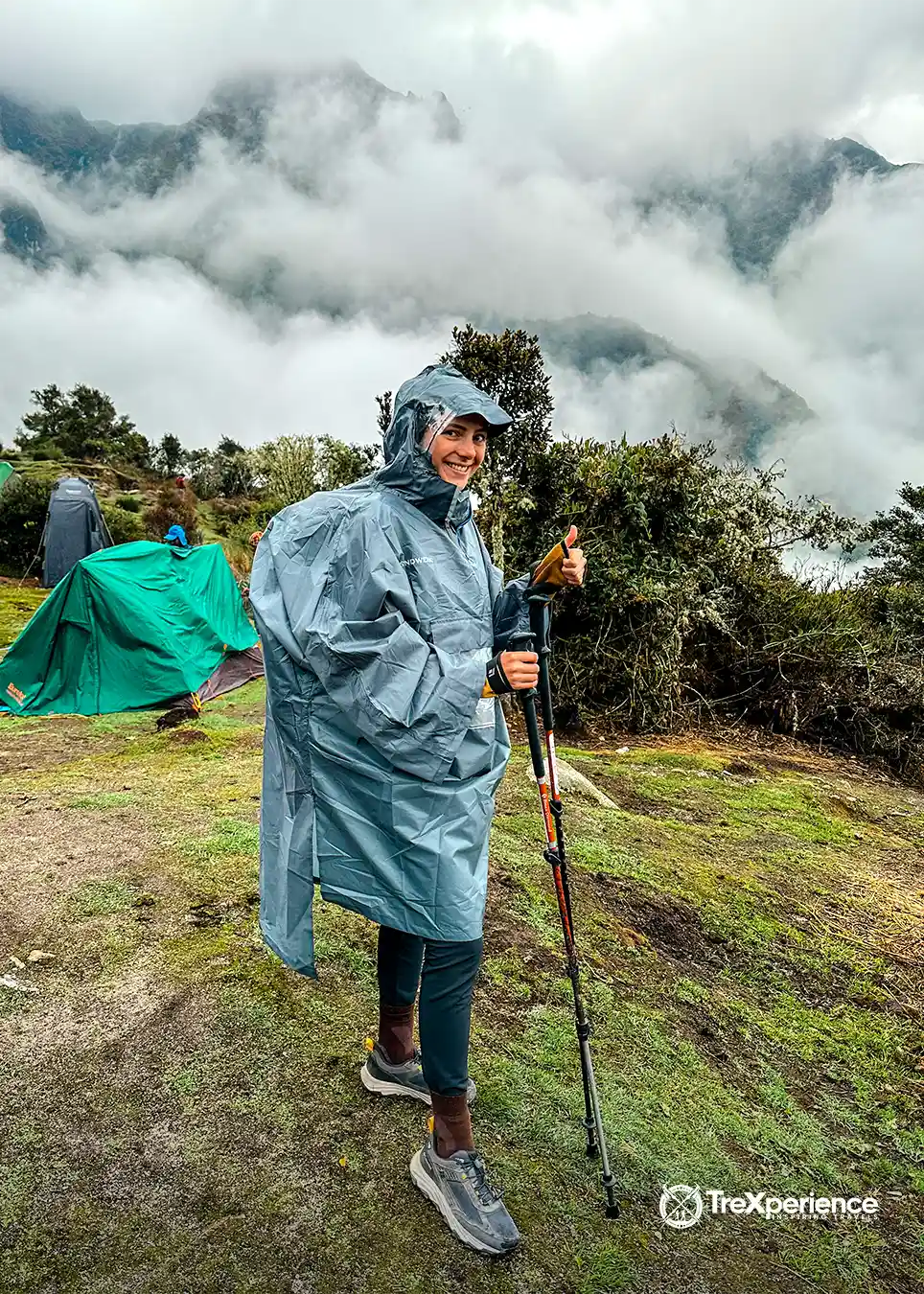



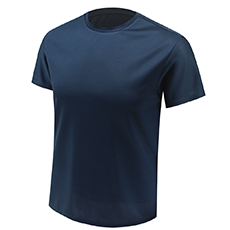

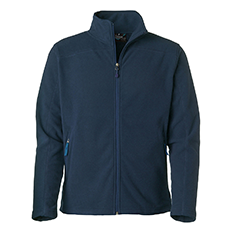



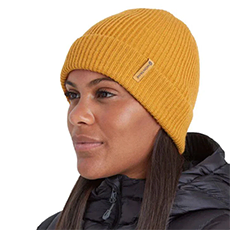

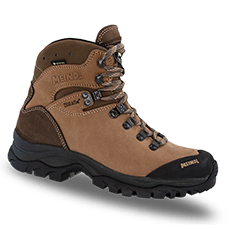






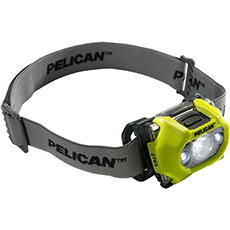

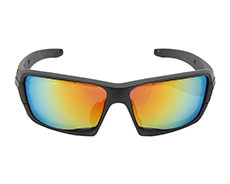
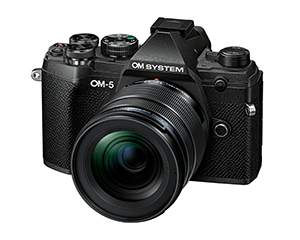



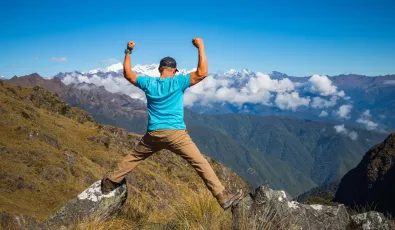



Add new comment